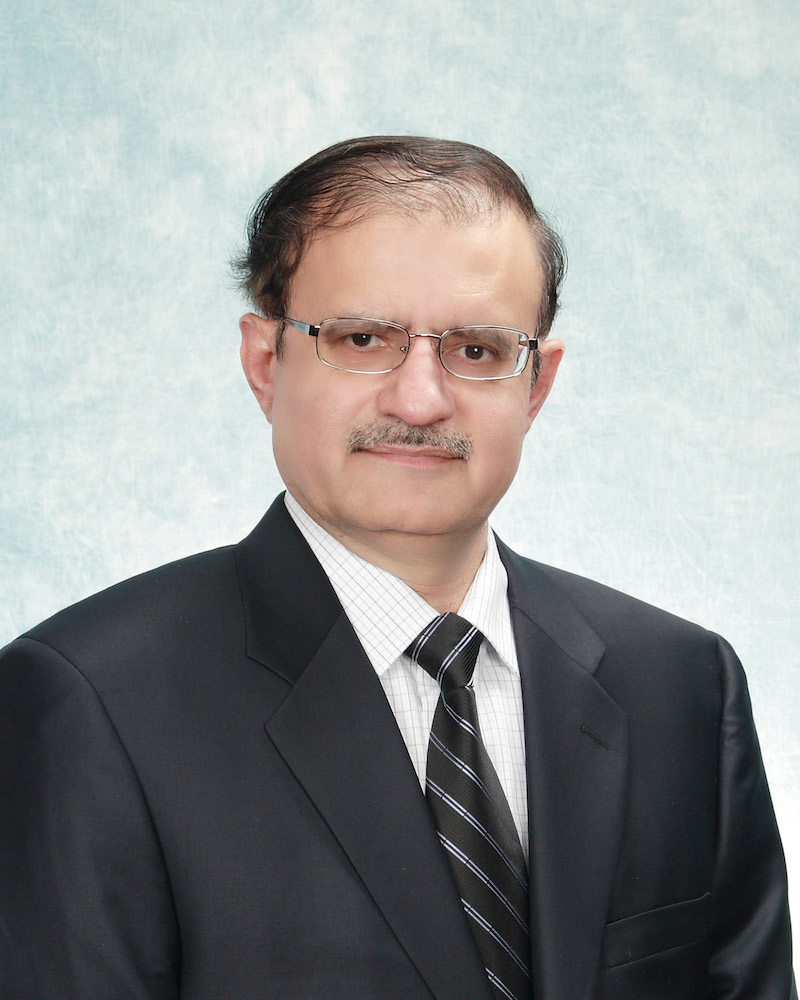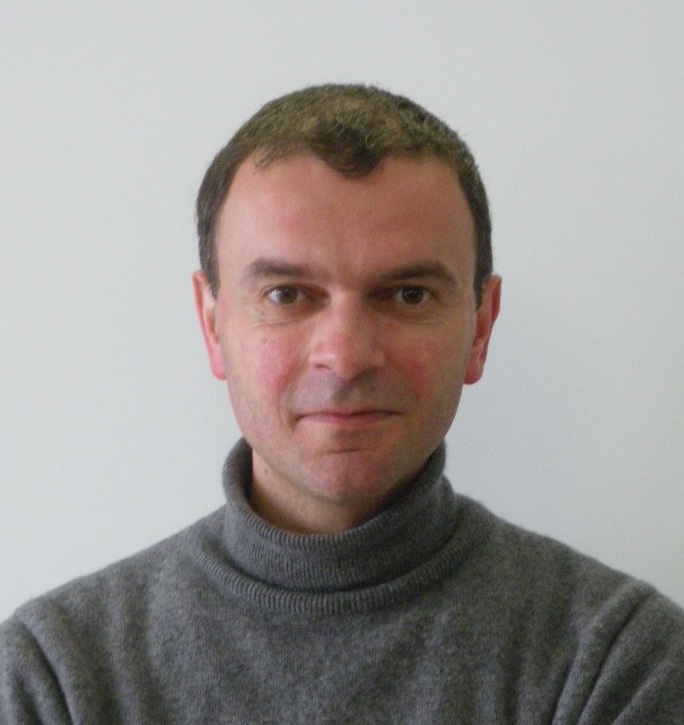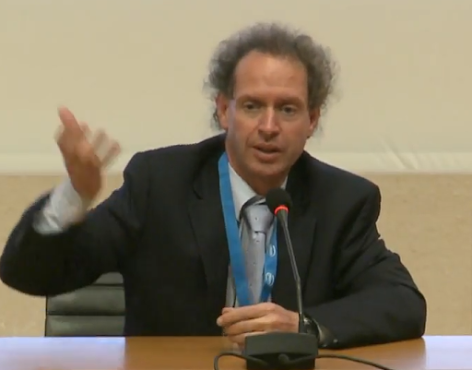Each day of the conference, we will feature a distinguished invited speaker in the morning timeslot.
Dr Mujeeb Malik (NASA Langley Research Centre)

NASA’s Revolutionary Computational Aerosciences and CFD Vision 2030
Dr. Mujeeb Malik is Senior Aerodynamicist at NASA Langley Research Center and Technical Lead for the Revolutionary Computational Aerosciences under NASA’s Transformational Tools and Technologies Project. He has served as Head of Computational AeroSciences Branch at Langley where he led research in the development of advanced CFD methods over a wide speed regime, from subsonic to hypersonic. Malik is well-known for his work on boundary layer stability and laminar-turbulent transition, in particular for his pioneering research in hypersonic boundary layer transition. Before joining NASA, he was President of High Technology Corporation, a R&D firm that he founded. He received his PhD from Iowa State University in 1978. During his PhD studies, he was also an academic visitor to Imperial college London for 6 months. He is a Fellow of AIAA, ASME and American Physical Society. He also received NASA’s Exceptional Service Medal.
Prof. Michael Leschziner (Imperial College London)

DNS-derived large-scale/small-scale interactions in near-wall turbulence at elevated Reynolds numbers
Michael Leschziner is Professor of Computational Aerodynamics in the Aeronautics Department of Imperial College, London. He was previously Head of the Aerospace programme at Queen Mary University of London and Head of Thermofluids and then Head of the Mechanical Engineering Department at the University of Manchester Institute of Science and Technology. He has 43 years of research experience in modelling and simulation of turbulent flows in Mechanical, Aeronautical and Civil Engineering. His research has focused on the study of complex 2D and 3D separated incompressible and compressible flows, the latter especially featuring shock/boundary-layer interaction, with second-moment closure, non-linear eddy-viscosity models, LES, hybrid LES-RANS and DNS methods. His current research focuses on near-wall turbulence mechanisms in the context of friction-drag reduction by spanwise wall oscillation. Professor Leschziner is the author of a text book on statistical turbulence modelling, and has published around 320 journal and refereed conference papers on modelling and simulation of turbulent flows. He is Editor-in-Chief of the Springer journal Flow, Turbulence and Combustion. He has organized and chaired several major international conferences on turbulent flows, notably TSFP2, ETMM7, 8 and 10, and he was a founder member of the International Symposium on Turbulence and Shear Flows Phenomena (TSFP), which started in 1999. He was Chairman of ERCOFTAC’s Scientific Programme Committee for 5 years. He is Fellow of the UK Royal Academy of Engineering, the Royal Aeronautical Society and the Institution of Mechanical Engineers.
Professor Chongam Kim (Seoul National University)

Shock-Capturing Strategies for High-Order CFD Methods: Progresses and Issues
Chongam Kim is a Professor of Aerospace Engineering at the Seoul National University, Korea (R.O.K.), where he has been a faculty member since 2008. He lectures CFD, numerical analysis and aerodynamics, and also directs research groups for the study of Aerodynamic Simulation & Design with leading works in CFD methods for aerospace applications. Prior to joining the position, he spent some time at Supercomputing Center of KISTI, Korea, and at CTR (Center for Turbulence Research) of NASA Ames Research Center & Stanford University in the USA as a research fellow. After undergraduate and master degree in Aerospace Engineering from the Seoul National University, he completed his master and Ph.D. in Mechanical and Aerospace Engineering at the Princeton University, USA. His research interests include numerical methods for conservation laws & high-order methods, compressible multiphase flows, multi-physics computations of liquid and solid rockets, bio-mimetic aerodynamics and fluid-structure interaction, aerodynamic shape optimization & flow control, and computational code development for HPC. He has published over 65 international SCI journal articles and over 200 international conference papers. He has been an associate fellow of the AIAA (American Institute of Aeronautics and Astronautics) and an academic board member of the KSASS (Korean Society of Aeronautical and Space Sciences).
Professor Arnaud Mura, CNRS PPrime Institute of Poitiers

High-fidelity numerical simulation of reactive high-speed flows
Arnaud Mura is a Senior Researcher in the Fluids, Thermal Science and Combustion Department of the PPRIME Institute (Poitiers, France). He was previously the Head of the Turbulent Combustion team of the Laboratory and he is currently the deputy Director of the whole Research Department (approx. 250 people). He is a member of the Board of the French section of the Combustion Institute and an active member of several educational and scientific societies. After getting an Engineering Diploma in Energy and Propulsion, he obtained a Ph.D. Thesis in Fluid Mechanics from ESM2 (now Ecole Centrale Marseille). He has been a visiting Professor (Researcher) in several Universities (Nagoya, Uberlandia, etc.). His teaching activities have been mainly devoted to turbulence, explosion, high-speed flows, turbulent combustion, and combustion in two-phase flows. His research is dedicated to the analysis of complex fluid media (i.e., featuring shock, multicomponent, multiphase, and/or reactive) with a broad range of technical issues encountered in practical systems, spanning from combustion in boilers to rocket propulsion. He uses mathematical modelling and asymptotics in conjunction with DNS to understand complex flows. Arnaud Mura has published more than 100 journal and refereed conference papers on the analysis, modelling and simulation of turbulent flows. He has participated to the organization of major conferences including the 21st ICDERS and 8th TSFP in Poitiers. He has been also involved in several international Summer Schools devoted to compressible flows, turbulence, and combustion.
Professor Kai Schneider (Institut de Mathématiques de Marseille, Aix-Marseille Université)

Massively parallel simulations of insect flight in turbulence
Dr. Kai Schneider is a Professor of Mechanics and Applied Mathematics at Aix Marseille University, Marseille, France, since 2000. He obtained his Master degree in Applied Mathematics in 1993 and his Ph.D. degree in 1996, both from the University of Kaiserslautern, Germany. In 2001 he obtained his habilitation from the University Louis Pasteur, Strasbourg, France. His current research activities are focused on the development of multiscale techniques and wavelets for scientific computing and their application for modeling and computing turbulent flows, including fluid-structure interaction.